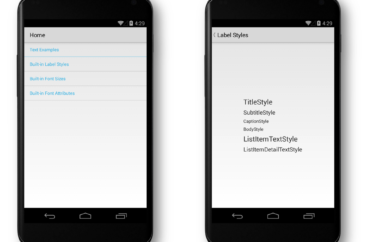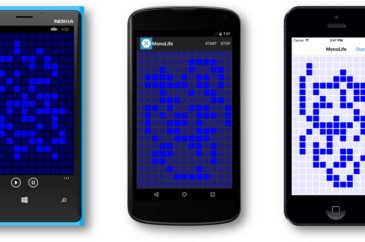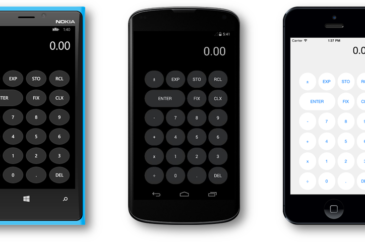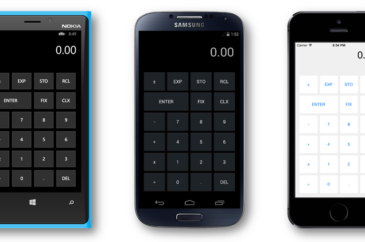
Hiding the Android Activity icon in Xamarin Forms
In my previous post, I introduced a simple demo app that used the Stack Navigation Pattern. This is a standard pattern frequently used on all phone platforms to present hierarchically organized pages of information. In my demo app, it was used to navigate to each of the three detail pages from a main starting page.…








